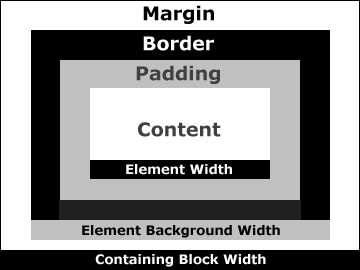Using CSS to Layout a Web Page
Cascading Style Sheets ( CSS ) is a style sheet language used to describe the look and formatting of a document written in a markup language . The most common application is to style web pages written in HTML and XHTML . The advantages of using CSS: Greater typography control. This includes font size, line spacing, letter spacing, indents, margins, and element positioning without using the XHTML. Style is Separate from Structure. The formatting and page layout can be configured and stored separately from the body section of the Web page document. When the styles are modified, the XHTML remains intact. Potentially Smaller Documents. Since both the formatiting and page layout are separate from the document, the actual .html documents should be smaller. Easier Site Maintenance. Again, if the styles or page layout need to be changed it may be possible to complete the modifications by changing a single file only - the style sheet. Increased Page Layout Control. This gives the Web developer more control over the layout compared to the use of previously popular XHTML. Assignment: Design a page with CSS box model. Use relative and absolute positioning. Configure two-column page layouts using CSS.
|
Rubris |
|||||||||||||
|
